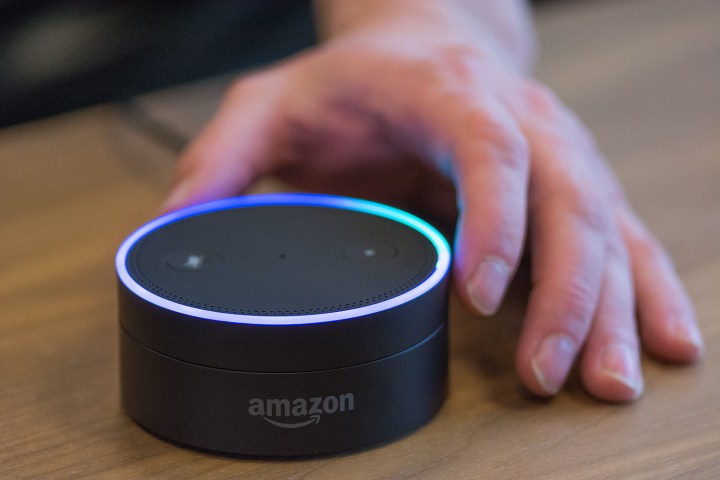
The new artificially intelligent virtual assistant is set to be launched as a cloud-based service for a range of products, including consumer gadgets and smart home devices — meaning it could one day be the assistant that powers an entire ecosystem of devices.
“AI is our most important project at LINE, and represents a paradigm shift as dramatic as the rise of the smartphone a decade ago,” said Line CEO Takeshi Idezawa. “The Clova platform allows LINE’s existing services to interconnect, moving users post-touch, post-display, and even post-Smart-Portal, into a new future. We are aiming to make Clova Asia’s leading cloud AI platform.”
Line wasn’t alone in the development of Clova — in fact, it built Clova alongside Naver, the most popular search engine in Korea. That’s an important aspect of the new assistant — and it means that Clova could tap into the same kind of knowledge that Google Assistant is capable of tapping into.
So what kind of products should we expect with Clova built in? Well, details are a little uncertain right now, but the first device is expected to be Wave, a smart speaker that will debut in Japan and Korea in early summer. According to Line, Wave will be the “centerpiece for how people will interact with their virtual assistant.”
An ecosystem like this has the potential for huge growth, as we’ve seen with Amazon’s Alexa. Initial use of Clova will be limited to devices built by Line and Naver, but it will then be opened up to third-party developers.



